-
Welcome to Tacoma World!
You are currently viewing as a guest! To get full-access, you need to register for a FREE account.
As a registered member, you’ll be able to:- Participate in all Tacoma discussion topics
- Communicate privately with other Tacoma owners from around the world
- Post your own photos in our Members Gallery
- Access all special features of the site
Wedge camper build questions...
Discussion in 'Tonneau Covers, Caps and Shells' started by TacoClimber, Jun 15, 2021.


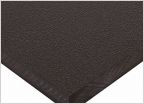 Help with Truxedo Lo Pro QT and OEM bed extender
Help with Truxedo Lo Pro QT and OEM bed extender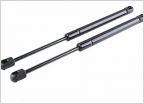 Rain Protection with Back Hatch Open
Rain Protection with Back Hatch Open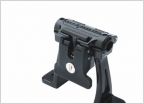 Mounting bike w/ Tonneau cover
Mounting bike w/ Tonneau cover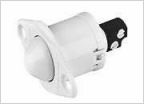 Anyone fabricate an alarm system?
Anyone fabricate an alarm system?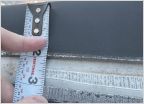 Brake Light - Unknown shell
Brake Light - Unknown shell
